Jeep Compass
- Get link
- X
- Other Apps
Jeep Compass
What is it?
Why will I buy the Compass? Has most of the signature Jeep attributes and more.
Why will I avoid the Compass? Perceived quality isn't as good as the competition and lack of dealer network can be an issue.
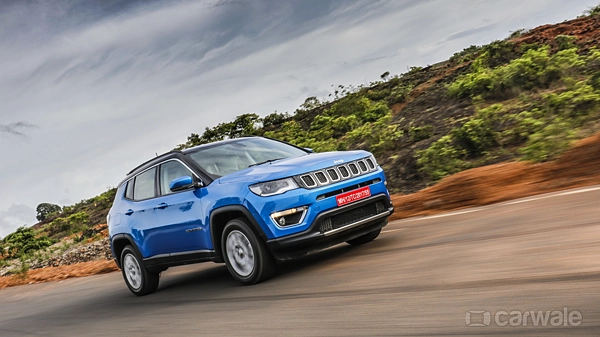
As soon as the prices were announced for the Jeep’s iconic Wrangler and the Grand Cherokee last year, excitement was turned into disappointment. For all their capabilities and talent, the asking price wasn’t justifiable. So will Jeep’s brand-new Compass be plagued by the same issue? Well on paper it shouldn’t. Although prices aren’t out yet, we expect Jeep to price the Compass competitively as the right hand drive version is produced here with localization close to 65 per cent.
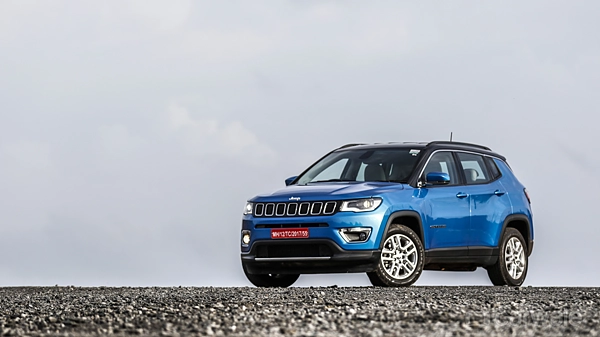
Based on the Fiat 500X and Jeep Renegade platform, the Compass measuring at 4395mm in length, 1818mm in width and 1640mm in height is actually smaller than the Hyundai Tucson and the VW Tiguan in every direction. So ideally it should be lighter, which unfortunately it isn’t. The minimum kerb weight of the Compass is rated at 1650kg (for the petrol 4x2 manual variant). Although compact, the signature Jeep design language makes the car look much bigger and wider than it actually is. Upfront the Compass looks like a mini Cherokee, thanks to the signature seven slat Jeep grille and even the angular xenon headlamps are similar. From the side the squared-out wheel arches and tall profile tyres give it a macho look. The glass-house is quite unique as it ends abruptly near the D-pillar which makes the rear portion look beefy. Another unique element which adds to the design is the chrome strip, which extends from either side of the window-line that neatly swoops onto the boot-lid. At the rear the Compass does look a bit ordinary but the shapely tail-lamps do their bit in adding flair.
How is it on the inside?
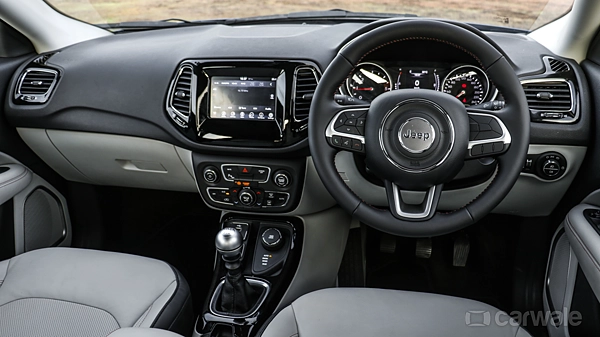
Like the exterior, the Compass’s dash design and layout is similar to the Grand Cherokee. The seven inch touchscreen dominates proceedings, which sports a high-res display. Overall the dash design is a good mix of old-school and modern themes. First impression of quality is good and all the touch points, like the hand rests, upper door pad portion, steering wheel and dash-top is either draped in leather or soft-touch plastics. Even the aluminum gear knob is of high quality and adds a sporty touch. But it's in detail where the Compass disappoints. Although you get soft-touch dash-top, the graining could have been better. The gloss-black panel which surrounds the infotainment system is a fingerprint magnet, the stalks aren't of the highest quality and lower-down the Air-con switches and music system controls look and feel cheap.
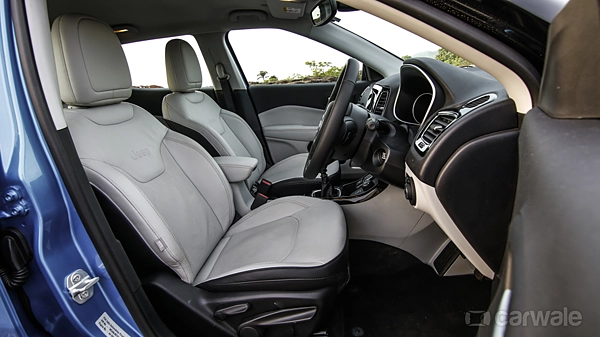
Front seat comfort though is first rate and the well-contoured buckets are a nice place to be in. Visibility up-front is decent too and the high seating ensures a commanding view. The rear bench is comfy with an ideal backrest angle and good lateral support. We wish it had better under thigh support though, but on the flip side you have lots of space to slide your feet under the front seats, which somewhat overcomes this deficiency. The rear seat has more than enough width and knee room but the high-window-line and the big front seats mean the rear doesn't feel too airy.
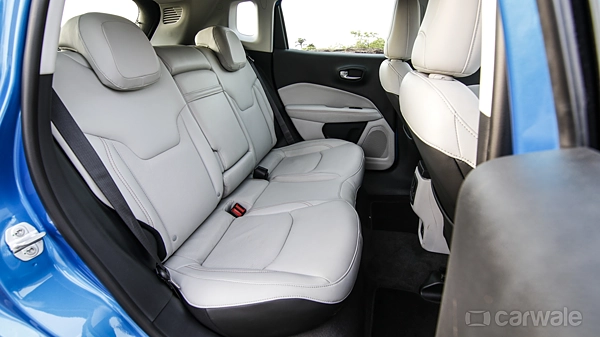
The boot at 408 litres is smaller than the competition and the high bay makes loading heavy luggage difficult too. We also wish there were more storage spaces inside the cabin. Upfront you get two cup holders and bottle holders but the door pockets are too small and the glove box too is shallow.

In terms of equipment, the Compass is a bit of mixed-bag. You get essential things like a touchscreen infotainment system with Apple CarPlay and Android Auto compatibility, dual-zone climate control, six airbags(lower variants will get four airbags), ESP and ABS. But you miss out on things like powered driver seat, sunroof and powered tailgate which its rivals offer.
How does it drive?
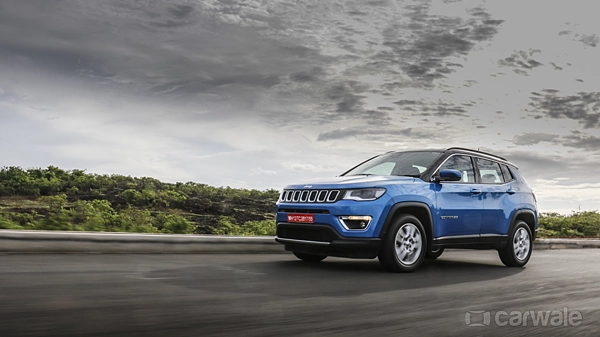
The Compass will be available with two engine options - 1.4-litre turbocharged 158bhp motor and a 2.0-litre 170bhp diesel engine. We drove the later and unlike the petrol which also gets an automatic gearbox option, the diesel just comes with a 6-speed manual transmission. The diesel motor is the latest to come-out of the Fiat’s Multijet engine family and is locally produced at the Ranjangaon factory. Start the motor and it settles down to a relatively smooth idle. Off-the-line the Compass diesel moves ahead smoothly and there is more than enough grunt on offer. You do experience some lag below 1500rpm, yet off-boost torque is sufficient and the engine’s drivability is really good. This motor performs the best between 2000-3500rpm, as there is a strong wave of torque which makes overtaking extremely easy. The motor’s punchy nature means, you don't have to constantly shift gears to make quick progress. The gearbox itself is a joy to use, thanks to its slick action and well-defined gates. The clutch though is a bit heavy and springy, which makes driving in traffic a bit painful. Out on the highway the engine cruises comfortably and the high gearing means the engine feels stress-free even at high speeds. But the power does taper-off once past 3500rpm and the engine sounds strained too.
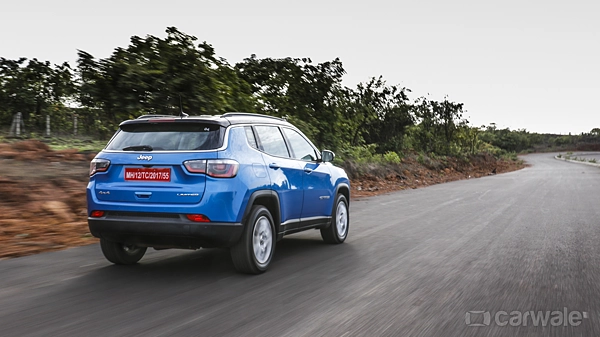
The highlight of the Compass though is its ride and handling package. It is suspended via an all-independent setup and the dampers it uses are quite high tech too. The Compass’s shock absorbers uses Koni’s FSD(frequency selective damping) technology where an in-built valve filter out both high and low frequency shocks depending on the driving conditions. For example when this Koni damper experiences cornering and heavy braking forces, the valve, doesn’t allow oil-flow for stiffer damping, to reduce body roll or nose dive.
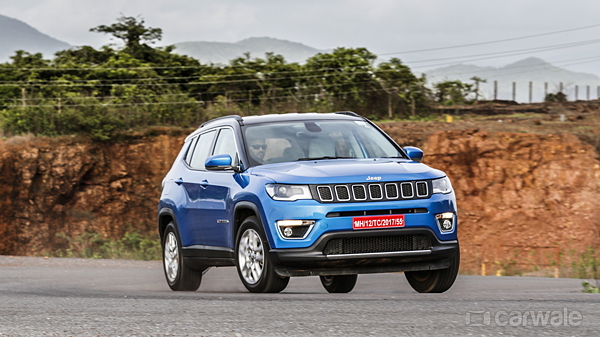
On the flip-side, when exposed to rough roads, the valve opens to soften the damping, giving the car suppleness. This technology isn't as high-tech as magneto damper’s but this tech is cost effective and has done wonders to the way the Compass drives. At low or high speeds, the Compass always feels supple and it retains remarkable composure over worst of roads. The ride is quite flat too and except getting caught-out by sudden sharp bumps there is not much to complain. Its handling is pretty good too, but it lacks the VW Tiguan’s finesse, which we recently drove. Quick change of direction is where the Compass struggles as it feels heavy, steering feels inert and it lacks VW’s fluidity. Yet it always feels safe and predictable and the compact dimensions make it easy to drive on narrowest of roads. The brakes though are disappointing as the pedal feels wooden and a sharper bite would have made it feel much better.
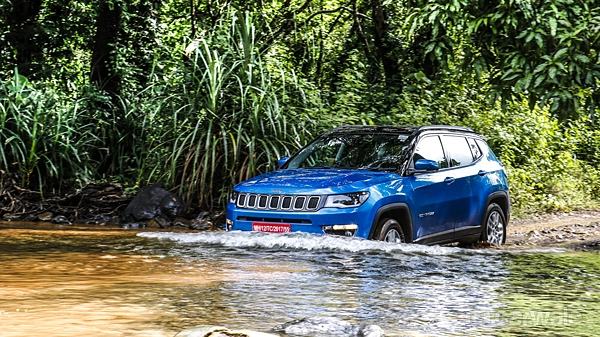
As with every Jeep, the Compass is no slouch when the going gets tough. In normal mode the Compass is predominantly a front wheel driven car, but when it starts loosing traction it sends power to the rear wheels. You can lock it in permanent AWD too, which will take care of most challenging situations. But if the going gets tougher you get Mud, Sand and Rock mode which alters the ABS, ESP and TCS to give you maximum possible traction in trickiest of situation. We drove the car through some mucky trails in Goa and came away impressed. It did most of the obstacles in normal AWD mode and the Mud mode came to our rescue in tougher situations. Of course this isn’t Wrangler or a Grand Cherokee, as it doesn’t have the clearance, low-range gearbox or hill decent control which would have really helped in tricky slippery downhill situations. Also the first gear is quite tall to crawl, so it isn’t an all-out go anywhere vehicle, but for a road biased SUV, the Compass feels exceptional off-road.
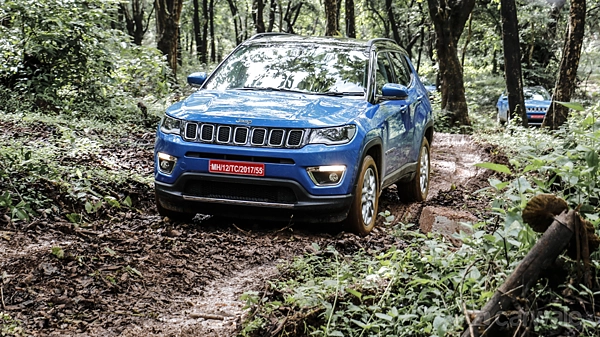
Should I buy one?
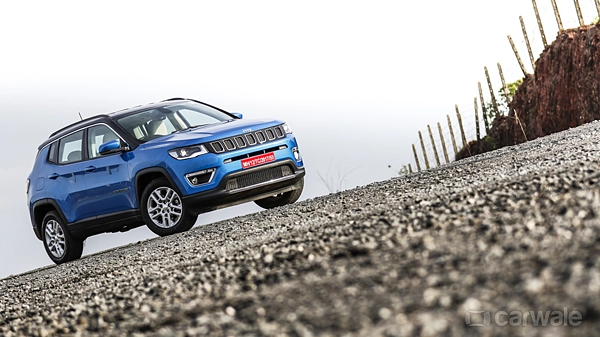
It all depends on how well Jeep manages to price the Compass. If priced in between Rs 18-23 lakh Ex-Delhi, this American SUV will appeal to a lot of people. It feels tough, has loads of presence, has a strong diesel engine and exhibits great on-road as well as off-road manners. On the downside the interior quality is not a match to its rivals, it also isn’t the best equipped and practicality isn’t its strongest point too. But thanks to localization (the Tiguan and the Tucson are CKD), Jeep might have a surprise in store as far as price is concerned and the Compass has the potential to undercut its rivals.
Where does it fit in?
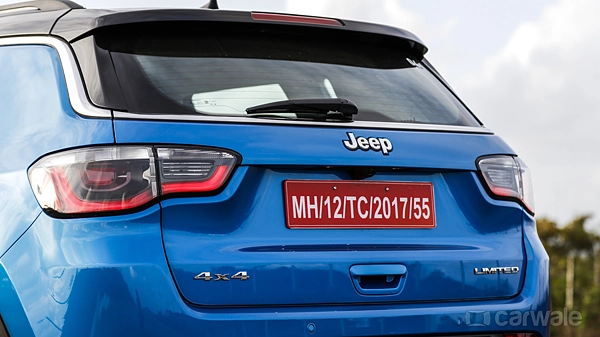
The Jeep Compass will rival the recently launched Volkswagen Tiguan and the Hyundai Tucson. Both the mentioned rivals are assembled here while the Compass is locally produced with nearly 65% localization.
- Get link
- X
- Other Apps
Comments
Post a Comment